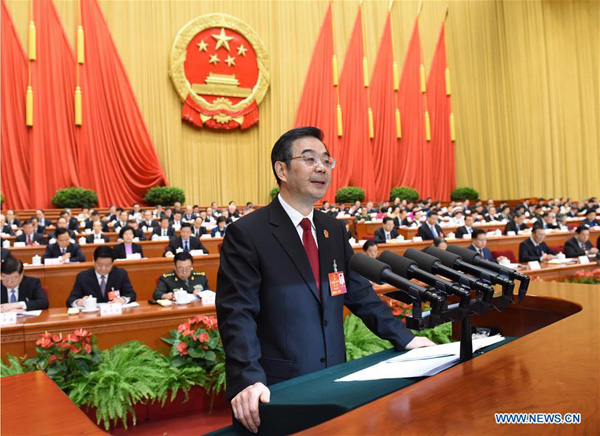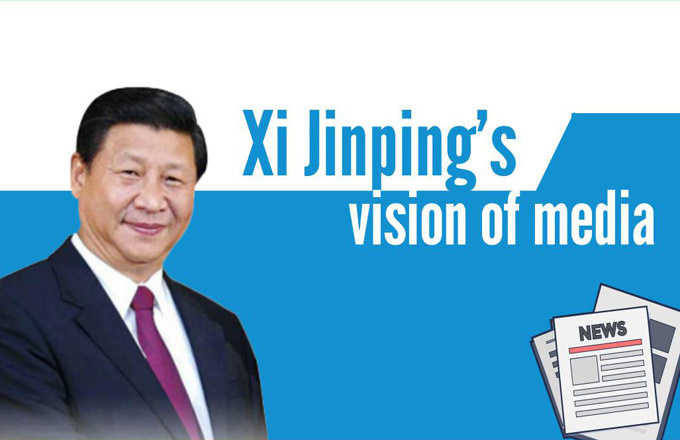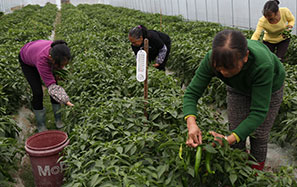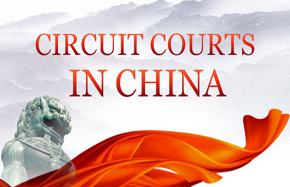White paper: Judicial Transparency of Chinese Courts
 |
|
Zhou Qiang, president of the Supreme People's Court (SPC), delivers a report on the SPC's work during the third plenary meeting of the fourth session of China's 12th National People's Congress at the Great Hall of the People in Beijing, capital of China, March 13, 2016. [Photo/Xinhua] |
Foreword
I. Basic Situation of the Deepening of Judicial Transparency by People's Courts
II. Disclosure of Trial Process
IV. Disclosure of Judgments, Verdicts and Conciliation Statements
V. Disclosure of Enforcement Information
VI. Enriching and Innovating the Content and Form of Judicial Transparency
Foreword
"Justice Must Not Only be Done, but Must be Seen to be Done!" Judicial transparency is an important means to facilitate judicial fairness, prevent corruption in the judicial system and improve judicial credibility, and is the purpose of carrying out the constitutional and juristical principles and protecting the litigation rights of citizens as well as demonstrating modern legal civilization, and is also a must in comprehensively promoting the rule of law and accelerating the construction of China's rule of law.
People's courts have been paying high attention to judicial transparency and always treat it as an important constituent to deepen the reform in judicial system and working mechanism; for that reason, they take various measures to constantly expand the width and depth of judicial transparency, and make innovations on the forms and channels of judicial transparency so as to spend great efforts in building up an open, dynamic, transparent and convenient judicial mechanism.
In the new century and new stage, facing new requirements of the Party and the State, new expectations of the people and new challenges in the era of information, the deepening of judicial transparency has become more important and urgent. The 18th Central Committee of the Communist Party emphasizes on the promotion of transparency and standardization of the exercise and operation of powers, and the 3rd and 4th Plenary Sessions of the 18th Central Committee of the Communist Party propose to deepen judicial transparency and build up an open, dynamic, transparent and convenient judicial mechanism. As the legal construction process accelerates, the general public has stronger expectations on the transparency of judicial transparency. With the rapid development of big data, cloud computing and new media, the speed, models and patterns of information dissemination change greatly, and the demands by general public for judicial information increase, the promotion of judicial transparency under the new situation faces unprecedented opportunities as well as great challenges.













